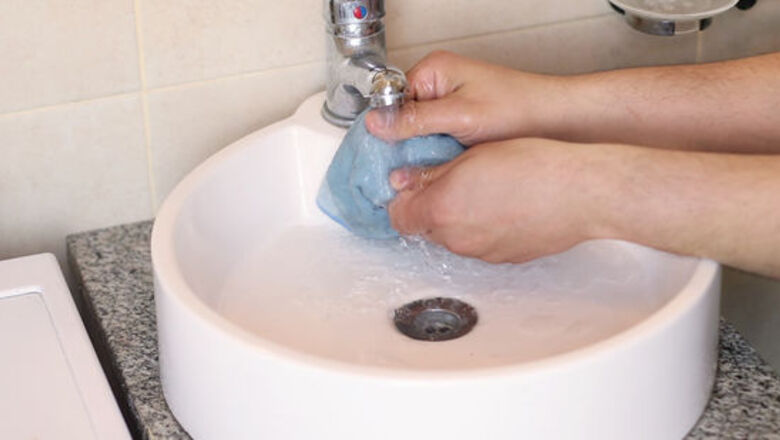
views
- Rinse out your Norwex cloths with hot water after every use and hang them to dry.
- After a week of use, wash Norwex in your machine with low-lint items, hot water, and filler-free detergent. Avoid using fabric softener, bleach, or dryer sheets.
- Deep clean your cloths by soaking them in hot water mixed with enzyme laundry booster, then rinsing them out until the water runs clear.
Ways to Clean Norwex Cloths

Rinse out and hang up your Norwex cloth after each use. Even if your cloth doesn’t seem to need a wash, rinse it thoroughly under warm water. This helps keep grime from sticking to the cloth’s fibers. Vigorously rub the cloth against itself to loosen up any dirt, then fully wring it out. Hang it up to dry somewhere ventilated, like a towel rack. The notable exceptions here are lightly used dust cloths and dry mops. If you don’t want to do the whole rinsing and drying process, just use a rubber brush or vacuum to collect the dust or hit the cloths over the side of something (like a railing). Rinse out wet mops after every use. Always hang up your cloths after rinsing them out. Wet Norwex cloths can grow mildew and get stinky when they’re balled up or left in a heap.
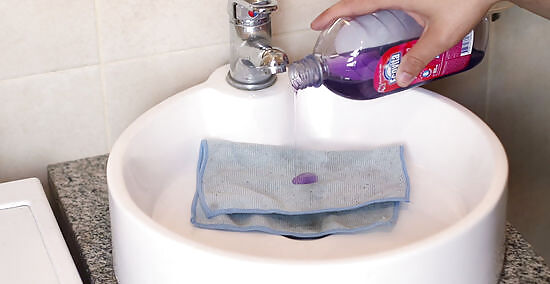
Hand-wash gently used cloths with dish soap and warm water. If your Norwex picks up a light layer of dirt, hand wash it with hot water by rubbing a drop of dish soap into the cloth. Then, rinse it out until the water runs clear. Don’t leave any soap residue behind—it gums up the fibers and leaves the cloth less absorbent. Wash your face cloths this way after every use, then wash them with your regular laundry about once a week. While studies have shown no difference between the antimicrobial properties of Norwex AntiBac cloths (which contain silver) compared to normal microfiber cloths, Norwex claims it is especially important to fully rinse AntiBac cloths, since the soap residue can interfere with the silver. Norwex has their own brand of dish soap, but other soaps without added lotions work fine, too.

Machine wash your cloths on hot with fabric softener-free detergent. Wash your Norwex cloths by themselves if you can, or with like-colors and low-lint items (think jeans, t shirts, sheets—nothing fuzzy or covered in pet hair) if you can’t. Use Norwex detergent or another filler-free laundry detergent and never use fabric softener or bleach. Immediately machine wash your cloths after cleaning high bacteria surfaces, like toilets, floors, and anything that has touched raw meat. If you can’t do a load immediately, hand wash the cloths, then hang them over the lip of your washing machine to dry. You can hang the cloths anywhere, just as long as they can’t be mistaken for clean/gently used cloths. Hot water opens up the fibers and allows them to release more of the stuck gunk. If you accidentally used fabric softener, don’t panic. Follow the deep cleaning instructions below to get rid of all the softener and get your cloths back to normal.
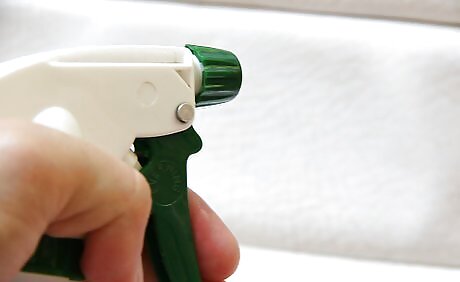
Deep clean your cloths with laundry booster. Boil 1 gallon (3.8 l) of water and take it off the heat. Mix in 1 scoop (30 ml) of Norwex Microfiber Laundry Booster (or a similar powdered enzyme booster) and soak all of your cloths in the water for 30-40 minutes, stirring regularly. Rinse the cloths in hot water until the stream runs clear. It may take more than one round to clean your cloths. If you don’t want to repeat the soaking and rinsing process, machine wash the towels with a scoop of enzyme laundry booster after the first soak. Pretreat serious stains with a gentle stain pretreatment spray before throwing them into the wash.
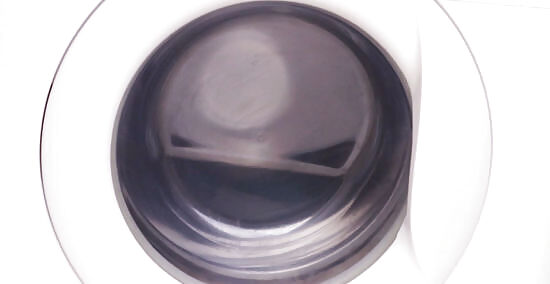
Use your dryer on a low heat setting or line dry your Norwex. Norwex dries quickly, so it doesn’t need to be in the dryer for long. Use a low-energy, low-heat setting, without dryer sheets. If you’d rather line dry your cloths, hang them where air can touch both sides, like over an oven handle, drying rack, or clothesline. The longer you dry Norwex cloths, the more staticky they'll get. Overdrying cloths doesn’t hurt them, but it does make them stick to the rest of your laundry. Use a dryer ball in lieu of a dryer sheet to help prevent static—using dryer sheets may permanently ruin your Norwex cloth. Dry the cloth as soon as possible after washing to prevent odors from forming.
How to Use Norwex Cloths
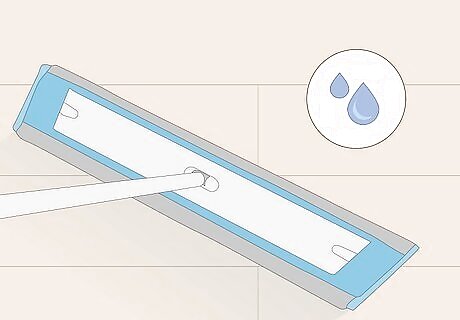
Only use water or Norwex products with your cloths. Since soap gums up their fibers, Norwex products are only meant to be used with water or specialized products. Steer clear of cleaners, oils, polishes, waxes, etc., unless they were made by Norwex. This is actually one of their main selling points—you don’t need any chemicals to get stuff clean. The one exception is the microfiber sponge, which can be used with any lotion-free dish soap.

Use tech-specific cloths on anti-glare surfaces. The Norwex microfiber products are all highly specialized, so make sure you’re using the right one for your situation. The only products that won’t scratch anti-glare surfaces (like phone screens or glasses) are the Optic Scarf and the Tech Cleaning Cloth.
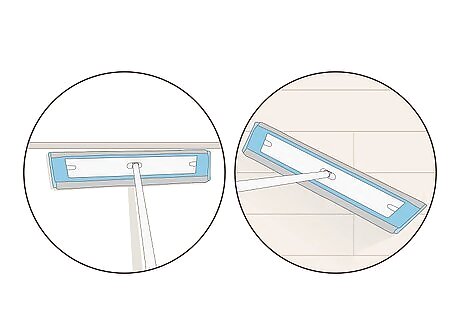
Use your Norwex mop to clean walls, ceilings, and floors. Norwex has both a dry and a wet mop that are excellent for cleaning any flat surface. Run the dry mop over the area in large figure 8s, then wet and wring out a wet mop pad and mop the area. If you’re cleaning a wall, start at the top and go down, for floors, start at the back edge of the room and work forward.

Use Norwex Enviro Cloths for general cleaning. Norwex Enviro Cloths are great replacements for paper towels. Use a dry cloth to trap dust and dirt, or dampen it to fight spills and stains. Bunch up the cloth before cleaning and slowly go through the folds to keep uncovering fresh cloth.
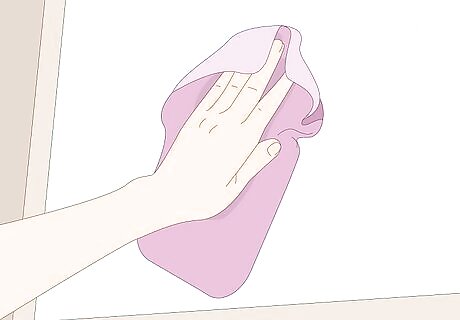
Polish windows and glass with the Norwex Window Cloth. The Norwex Window Cloth is an ultra-tightly woven polishing cloth that works on any shiny, non-anti-glare surface. Spray a small amount of water on glass, jewelry, or mirrored surfaces, then polish the item with a dry window cloth. If the place you’re cleaning is especially grimy, wipe it down with a wet Enviro Cloth before drying it with a window cloth.
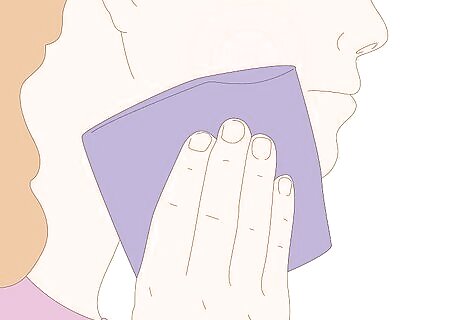
Take off makeup naturally with Norwex Makeup Removing Cloths. Norwex makes microfiber for personal hygiene, too, like their makeup removing cloths and body cleaning cloths. To remove your makeup, dampen the cloth, then gently rub up and out on the area you want to clean.

Test your Norwex before cleaning a new material to prevent scratches. Some surfaces, like brushed stainless steel, scratch very easily. Whenever you’re cleaning a new material, first rub the Norwex on an inconspicuous area to see if it scratches.











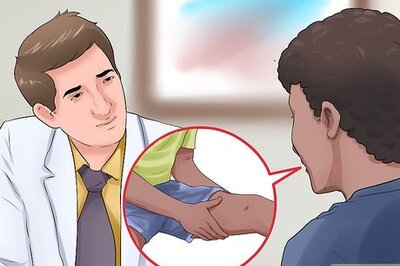
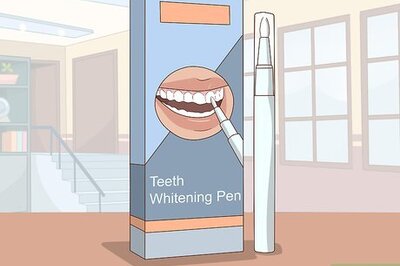
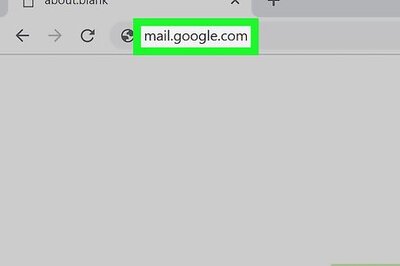



Comments
0 comment